Oleander Initiative: Educators as Peacebuilders in Lebanon, Japan, and Beyond
The Oleander Initiative, organized by the University of the Middle East Project (UME), is a transformative peace education program that brings together educators from the Middle East and North Africa (MENA) region, the United States, and Japan to explore the legacies of nuclear warfare and develop localized approaches to resilience, rebuilding, and peace.
Now aligned with UME’s broader Lebanon Resilience and Peacebuilding efforts, the Oleander Initiative focuses on empowering educators to translate the historical and ethical lessons of Hiroshima and Nagasaki into impactful classroom activities tailored to their home communities.
The program is led by Ray Matsumiya, Executive Director of UME and a member of Convisero.
A Cross-Cultural Dialogue on Peace
In its 2017 edition, seventeen educators from across the MENA region, the U.S., and Japan gathered in Japan for an immersive eleven-day experience. Program highlights included:
Orientation and peace education sessions at UNITAR in Hiroshima
Visits to the Hiroshima and Nagasaki Peace Memorial Museums
Participation in the Gensuikyo World Conference Against A+H Bombs
Testimonies from hibakusha, including former nurse Teruko Ueno and educator Miyako Jyodai
Educational and cultural exchanges with students at Jogakuin High School and Honkawa Elementary School
Participants also met with prominent peace leaders, including Nagasaki Mayor Tomihisa Taue, Dr. Lassina Zerbo of the CTBTO, and officials from the Hiroshima Peace Culture Foundation.
Building Local Impact from Global Lessons
Throughout the initiative, participants collaboratively developed original peace education projects for implementation in their schools and communities. These projects tackled themes such as nonviolence, interfaith understanding, and historical memory—providing students with practical tools for civic responsibility and peaceful engagement.
The Oleander Initiative places strong emphasis on the “power of place”, using the emotional and historical landscape of Hiroshima and Nagasaki to deepen reflection and cross-cultural empathy. Educators also engaged in traditional cultural experiences including origami, calligraphy, and the Bon-Odori festival, fostering shared humanity through art and ritual.
Global Recognition and Continued Work
The program has received international media coverage from NHK World and PBS, with broadcasts reaching audiences in over 150 countries. It continues to serve as a model for peace education across conflict-affected regions.
To learn more about the Oleander Initiative, visit:
🔗 oleanderinitiative.org
📄 Read the 2017 Program Report
For more information or to collaborate, contact Ray Matsumiya at RayMat@ume.org.

